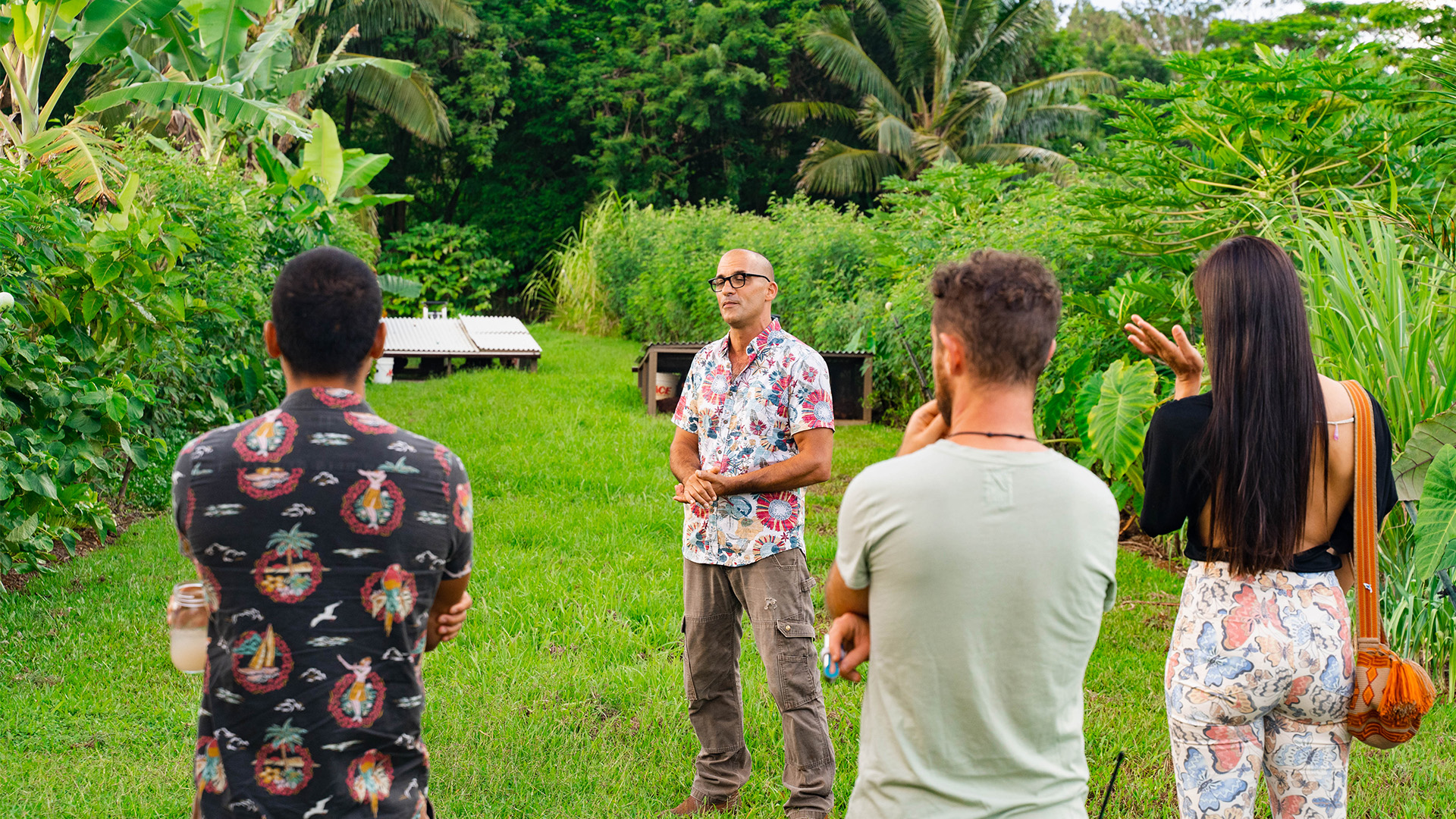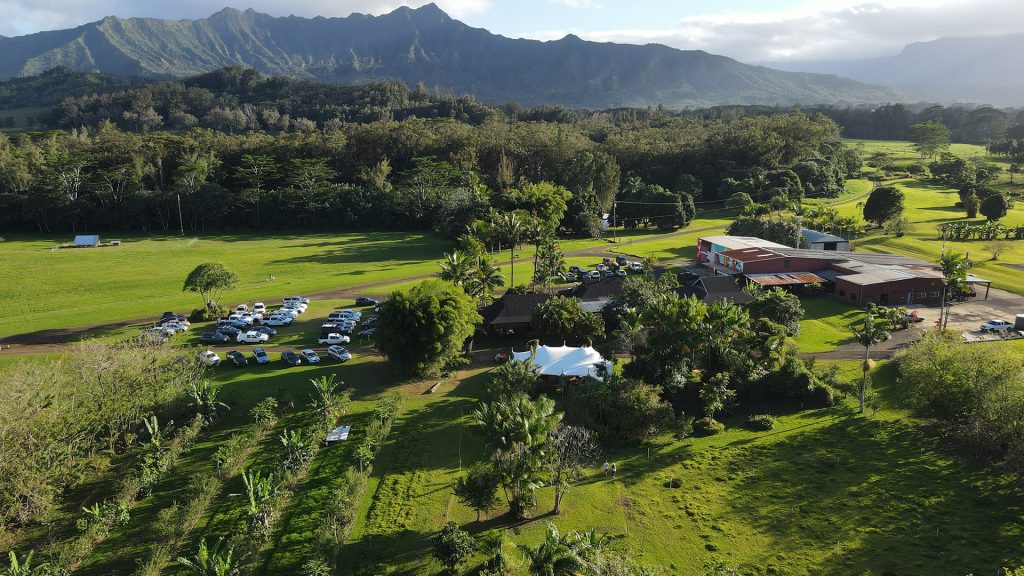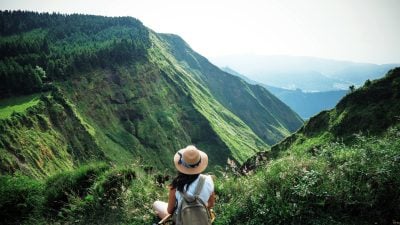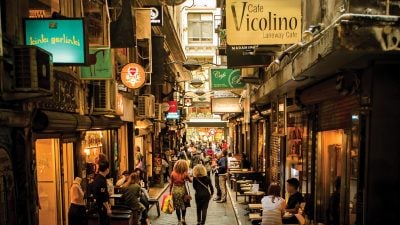Home / Idyllic Islands / Hawaii (United States) / To Act with Mālama: 5 Meaning…

To Act with Mālama: 5 Meaningful Ways to Connect with Hawaiian Culture
When I’m in the Hawaiian Islands, I spend part of my time participating in cultural experiences and volunteering opportunities centred around mālama. The word, meaning to “care for,” highlights one of the things that makes the destination special—the interconnected relationship between people and nature. While you exercise mālama for Maui residents as they rebuild their lives after the devastating August wildfires, try these activities for a deeper Hawaiian cultural connection.
Oahu
According to the Kumulipo—the Hawaiian creation chant—the kalo (taro) plant is a sacred connection to the ancestors, and all Hawaiians trace their roots back to it. It’s also one of the canoe plants, which are the plants the first Polynesians brought with them in their canoes when settling the Hawaiian Islands. On volunteer Saturdays, immerse yourself in the rich tradition of this original canoe plant at Hoʻokuaʻāina, a loʻi (kalo farm) that uses ancient traditions of cultivation to improve the lives of today’s youth and build a healthy community. The work in the kalo field can get muddy, but when you’re done, you’ll understand why kalo is treated with great respect.
Walled, coastal fishponds are a unique and advanced form of Hawaiian aquaculture found nowhere else in the world, providing Hawaiians with a regular supply of fish regardless of ocean conditions. Built nearly 800 years ago, the Heʻeia Fishpond encloses 88 ac of water and measures 2 km / 1.3 mi long. Volunteer workdays with Paepae o Heʻeia (2nd and 4th Saturdays of the month) give visitors the chance to help with restoration tasks, like moving rock and coral, removing invasive mangrove and seaweed, and picking up trash.

Hawaiʻi
With an average annual rainfall of only 30 cm / 12 in, the Waikōloa Forest Preserve is one of the driest places in the Hawaiian archipelago and home to a very different assemblage of plant species—from the deciduous wiliwili tree to the shrub-like ʻōhai. Join the Waikōloa Dry Forest Initiative on their monthly huakaʻi (a travel experience with a defined purpose), where you can learn about the remnant lowland dry forest the non-profit is working to restore. Additionally, there are twice-monthly volunteer opportunities to plant trees, collect native seeds, and propagate plants.
Kauaʻi
With a goal of building the farm of the future, Common Ground’s 83-acre agricultural campus is part of the growing movement to increase local food production, breaking the reliance on imported food. The organization offers a twice-weekly (Thursday and Friday) farm and food experience to showcase and taste fruit and vegetables from their regenerative food forest, demonstrating a model for how food can be grown in harmony with nature, as well as 100% island sourced. Before you leave, buy some of the Hawaiian-made, high-quality products at the Common Ground Market to bring home.
Help keep the beaches of Kauaʻi clean by being an ocean-friendly visitor. Surfrider Kauaʻi encourages packing reusable water bottles and bags, using only reef-friendly sunscreen, admiring wildlife from afar, and packing out everything you bring along for a beach day—or even helping pick up trash left behind by careless visitors. The organization also does a weekly Net Patrol cleanup, where all you need to do is show up and help.
This article was originally published in No. 31 of Globetrotting Magazine.
Get more travel inspiration by email.
Subscribe
0 Comments

Get the latest travel trends & hear about the best deals on vacations around the world.
If you’re a Globetrotter, these are the newsletters for you!



